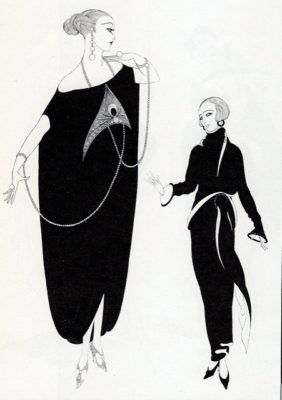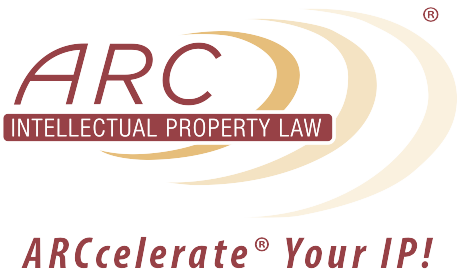
Sometimes You Need More Than One Intellectual Property Protection for Your Clothing Design
You know the difference between patents, trademarks, and copyrights and you have defined what it is exactly that you want to protect. Now the hard part—what if my intellectual property falls into one or more categories? Clothing can be one of the more confusing intellectual properties to figure out.
Clothing has some very specific guidelines that manufacturers must be aware of. Generally speaking copyrights and trademarks will be most applicable to clothing, however it is possible that patents could play a role as well.
If you are seeking to register the brand name of the clothing (e.g., Polo, Izod, etc.) these would be protected by a Trademark Registration. The best rule of thumb to think about here is where is the trademark going to appear? If it is the mark that will appear on the tag of the clothing a Trademark Registration is what you need.
If the design only appears on the label of the clothing, it is a trademark. If it appears on say the front of a shirt, it is a trademark if people will see it and think “Hey, that’s a Polo.” It is a design and should be copyrighted if people see the design and see it only as a design and have no idea who made the shirt (i.e., a big yellow smiley face on the front of your shirt is the classic example).
Lastly, patents can come into play here. If you invent a new and improved zipper or something to that effect patent protection is definitely possible.
Is there more than one type of licensing for intellectual property? The answer is simple…yes! Here are some examples of the different kinds of licensing.
One of the most common types of licenses involving patents, trademarks, or copyrights is the exclusive license. An exclusive license is the granting of permission to a licensee the ability to use that intellectual property such as a patent, a trademark, or a copyright. The exclusivity typically operates on the licensor, preventing the licensor (the owner of the Patents, Trademarks or Copyrights) from licensing those Patents, Trademarks or Copyrights to another third party. That license can also hold a provision preventing the licensee from sub-licensing that product to another third party.
Non-exclusive licenses of Patents, Trademarks or Copyrights will allow a licensor the ability to license to more than one person or corporation. As such, non-exclusive licenses may be less valuable than exclusive licenses because there may be greater competition between rivaling licensees.
Another type of license is a geographically defined license. These licenses will allow licensees to market, distribute, and sell those products within a specific geographic region. For instance, some licenses will restrict the geographic scope within a country, a state, or a city. Licenses also work for Trademarks and Copyrights as well.
[/vc_column_text][/vc_column][/vc_row]

